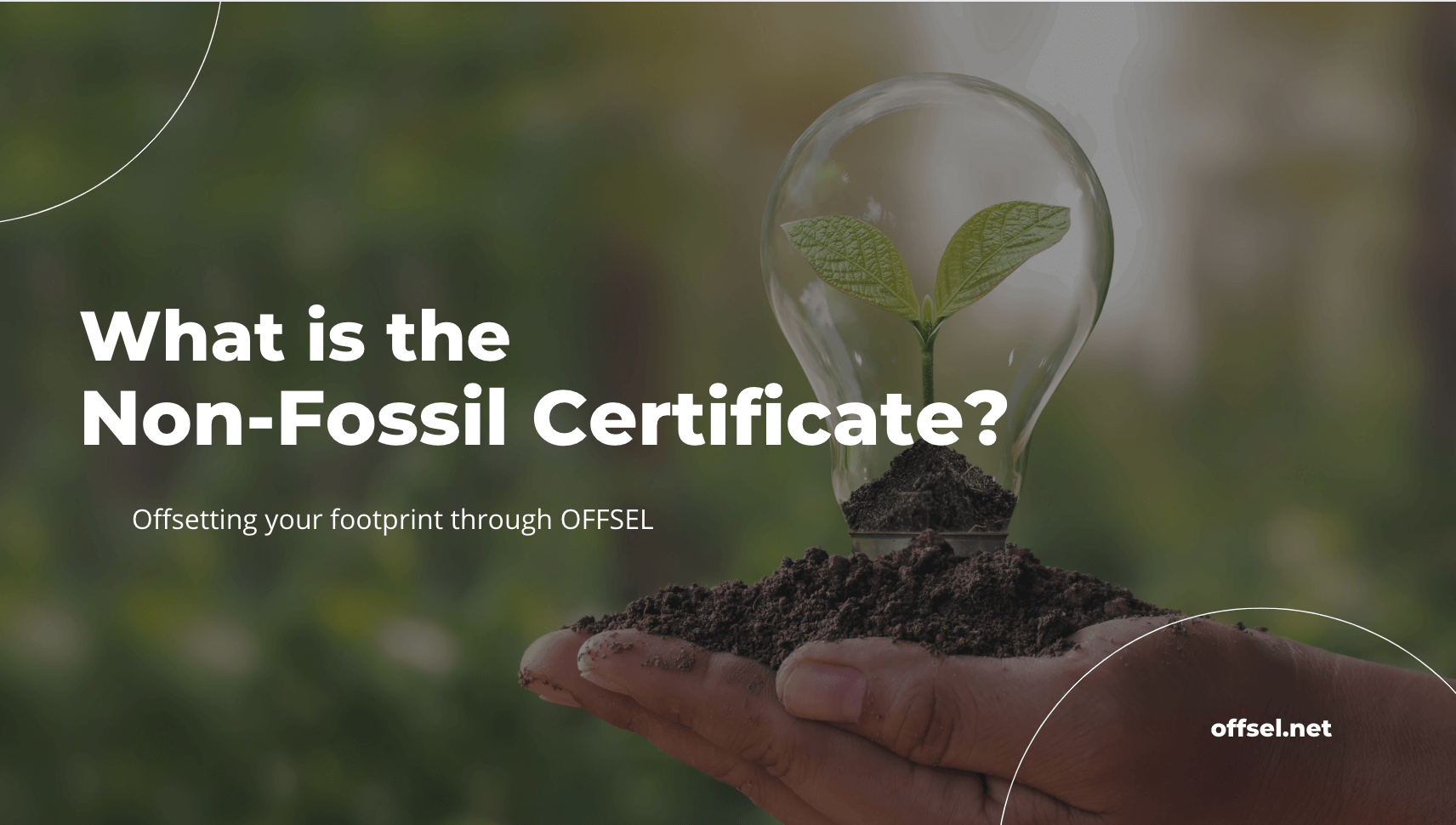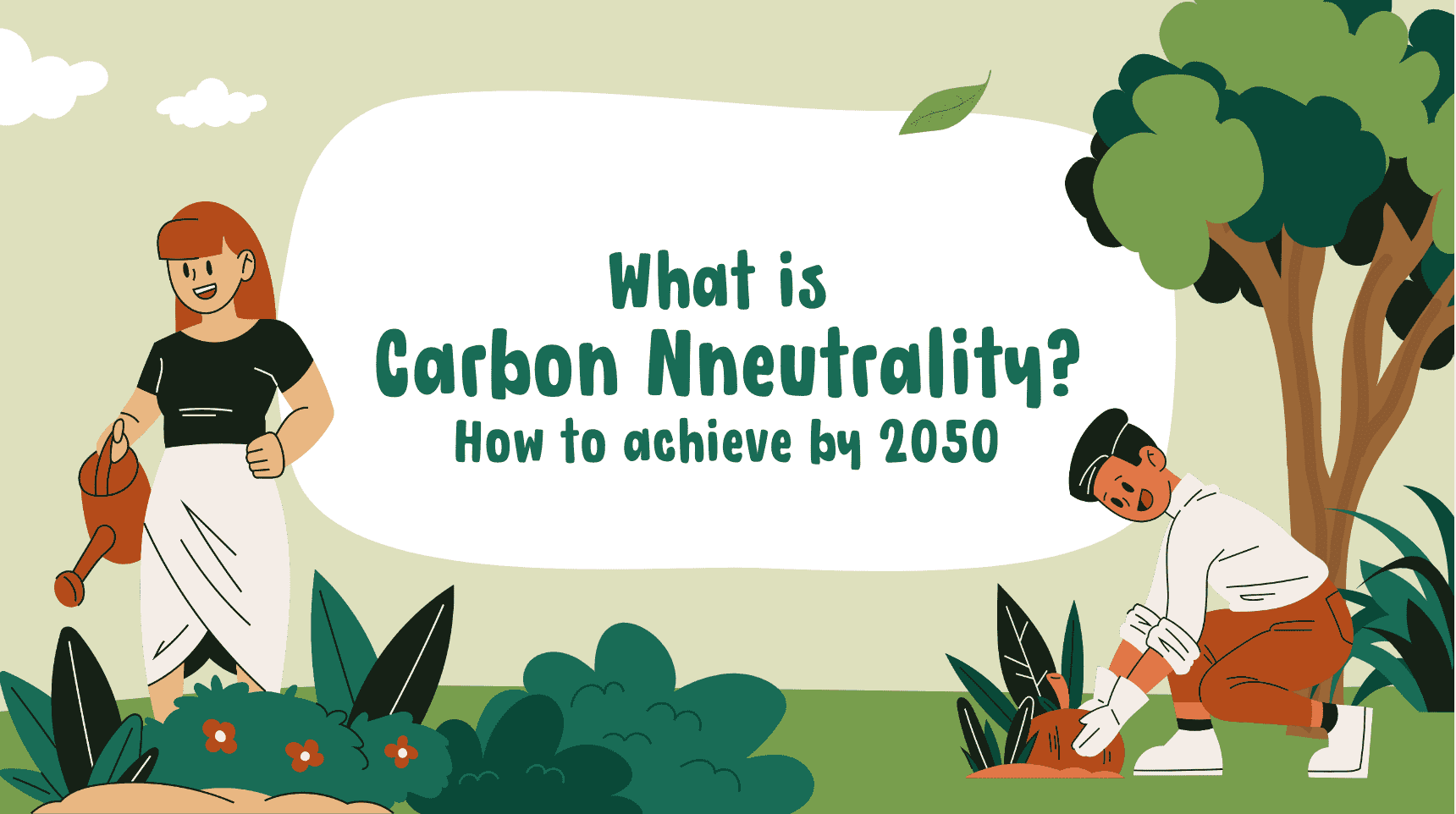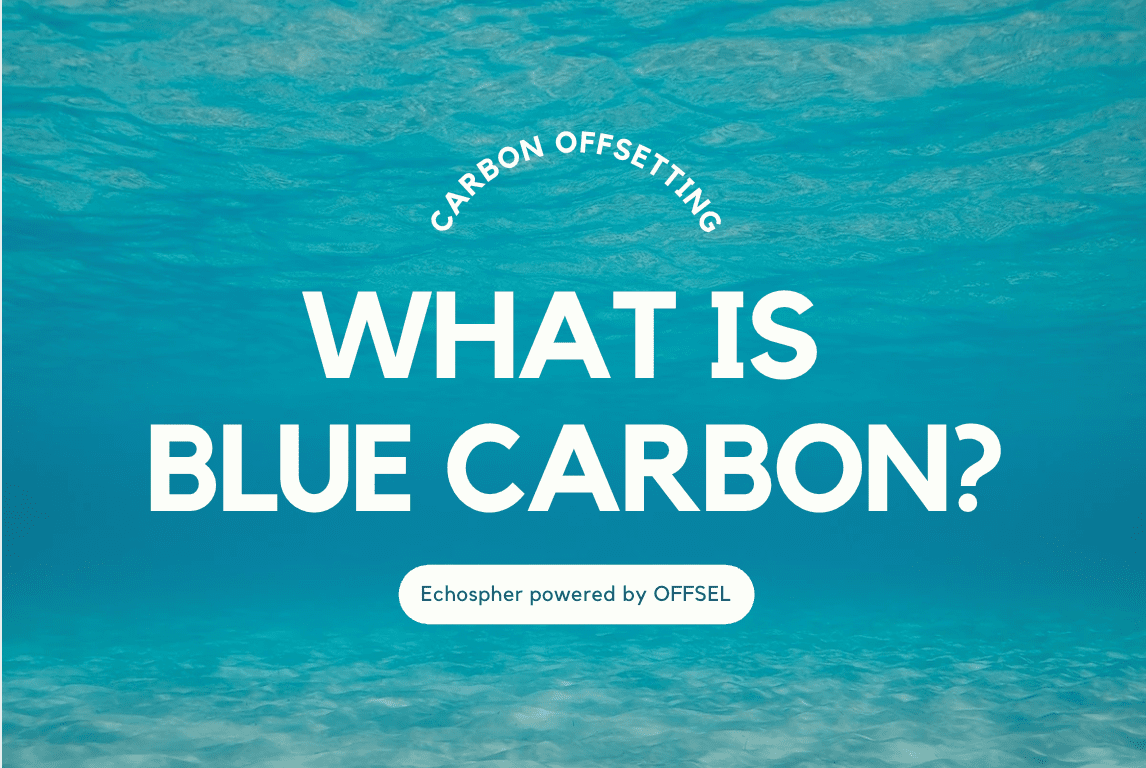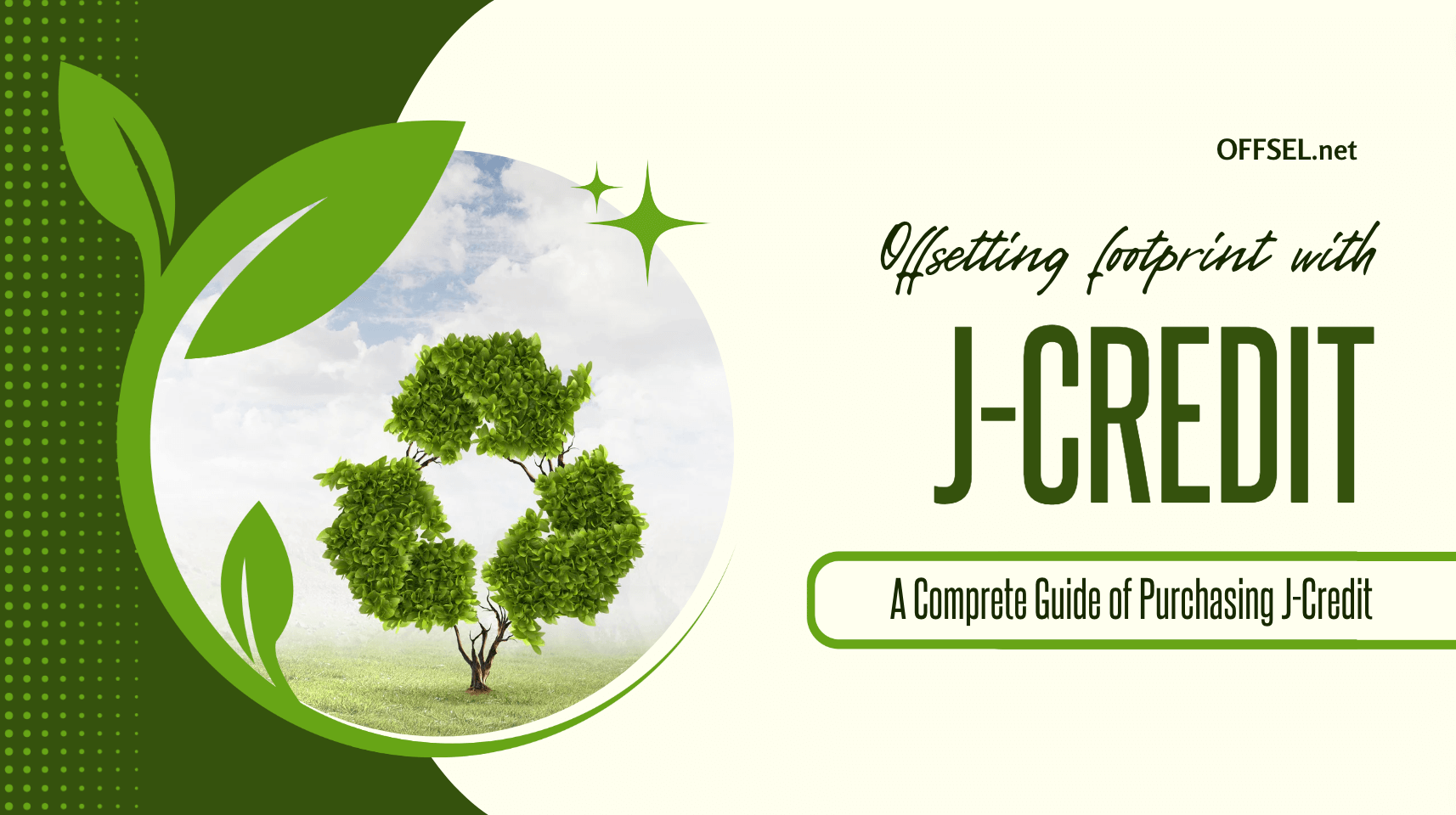What Is The Pathfinder Framework?
- CO2-reduction
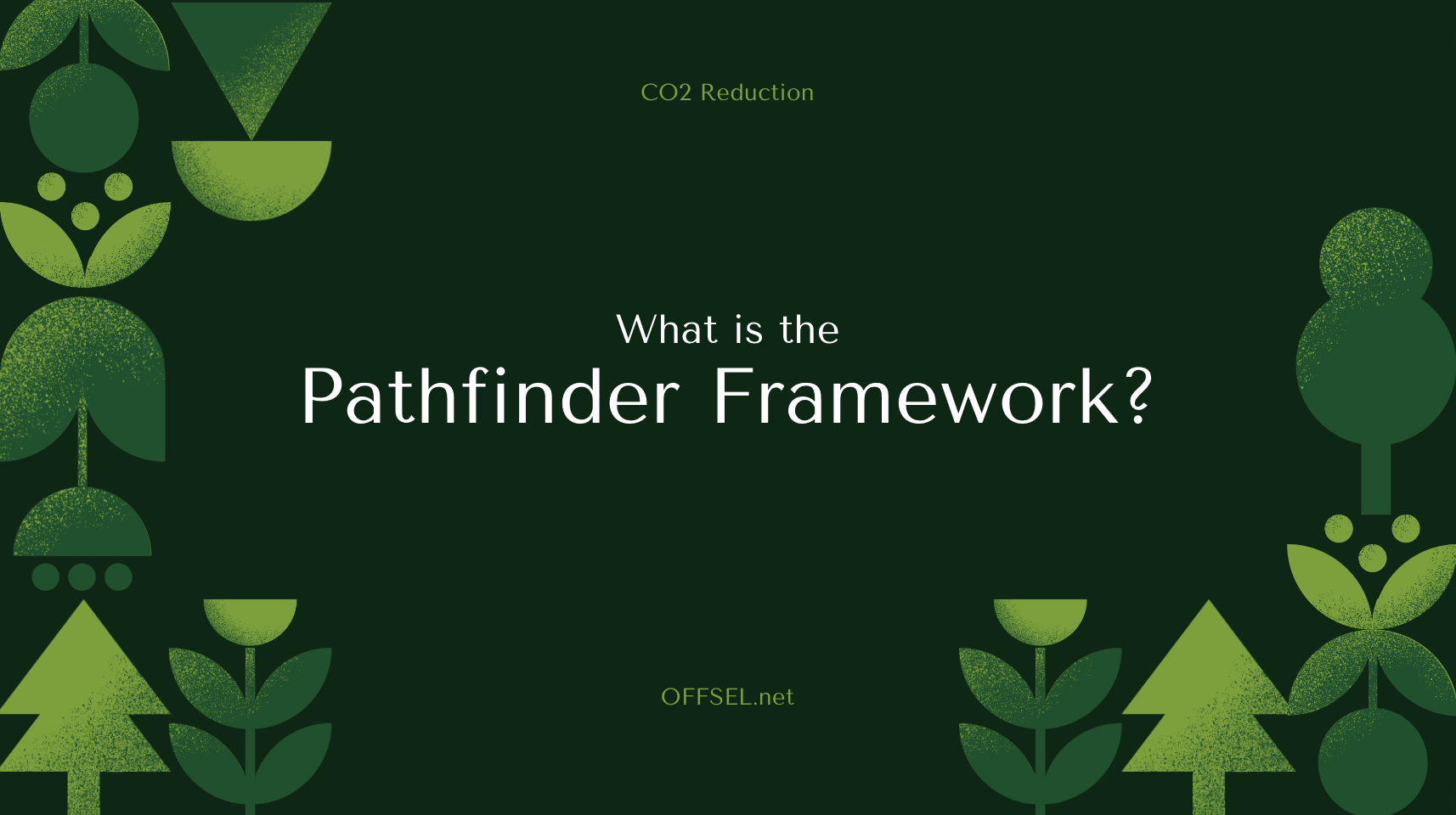
The “Pathfinder Framework” is a guidance for calculating and exchanging product-level carbon emissions data across the value chain released by the World Business Council for Sustainable Development (WBCSD).
In this article, we will explain what the Pathfinder Framework, and its background.
Table of Contents
What is the Pathfinder Framework?
“Pathfinder Framework” is a guidance for calculating and exchanging product-level carbon emissions data across the entire value chain. It was released by the World Business Council for Sustainable Development (WBCSD) in conjunction with COP26 in 2021.
One of the challenges in promoting decarbonization is the lack of transparency in Scoop 3 (emissions generated throughout the value chain), which accounts for the majority of greenhouse gas emissions. Increasing transparency requires establishing guidelines for consistently calculating and accounting for emissions at the product level and an infrastructure for exchanging reliable data across the value chain.
The Pathfinder Framework was developed by more than 35 companies and industry initiatives as a first step in addressing those needs. It was designed to share a product’s carbon footprint based on verified primary data with companies in the supply chain.
What is WBCSD?
WBCSD is a coalition of CEOs of companies committed to environmental issues and sustainable development. In collaboration with governments, NGOs, and international organizations, they are working to address environmental issues and realize a sustainable society. Participating companies are currently located in approximately 35 countries and the headquarter is in Geneva, Switzerland.
The predecessor BCSD was established in 1990, and later merged with WICE (World Industry Council for the Environment), which was a separate organization, to form the current WBCSD in 1995, which is currently known as Hitachi, Ltd. and Mitsubishi Corporation. Currently, more than 200 companies participates including world’s well-known companies such as 3M, Apple, TOYOTA, and P&G.
Background on the development of Pathfinder Framework
According to the Sixth Assessment Report released by IPCC in 2021, CO2 concentration in 2019 was 410 ppm, approximately 47% higher than before industrialization, and the global average temperature was higher than that between 2011 and 2020. The temperature has increased by approximately 1.09℃ compared to before industrialization.
As a result, the global average temperature at the end of this century (2081-2100) is predicted to rise by up to 5.7℃ compared to pre-industrial levels, and the annual average precipitation will increase by up to 13% compared to 1995-2014. The global average sea level is expected to rise by up to 1.01m compared to 1995-2014.
There is no doubt that this is caused by the emitting greenhouse gases, and this is an issue that everyone should care about. Companies also need to respond to the concerns of their customers. Many companies around the world are required to disclose Scope 1 (emissions of greenhouse gases by businesses themselves) and Scope 2 (emissions associated with the use of electricity, heat, and steam supplied by other companies), but Scope 3 has not received much attention despite accounting for the majority of corporate emissions.
As a result, it is necessary to accurately grasp information on “greenhouse gases generated in the value chain (Scope 3),” and the Pathfinder Framework was developed to solve this problem.
Benefits of Pathfinder Framework
Pathfinder Framework allows you to understand greenhouse gas emissions at both the company and product level.
- Corporate level:By focusing on emissions generated upstream and downstream of a company, it is possible to understand emissions across the entire value chain in a top-down manner. This can apply not only to the goods and services provided by the organization, but also to other indirect emissions related to corporate activities.
- Product level:You can focus on individual products and calculate emissions throughout the product’s lifecycle. This makes it possible to take a more detailed approach by comparing the company’s performance and narrow down the issues that require improvement.
By sharing product lifecycle emissions data with all value chain partners, Pathfinder Framework can improve data accuracy, comparability, and increase emissions transparency across the value chain. be connected. This can help accelerate decarbonization while improving business performance.
Overview of Pathfinder Framework
Pathfinder Framework is divided into sections.
Existing methods and standards
Existing methods and standards need to be leveraged and harmonized to account for emissions. By utilizing data compliant with standards such as the Footprint Category Standard (PEF) by the European Commission, the Product Classification Rules (PCR) according to the Environmental Product Declaration, and the ISO standard, we can increase granularity and improve the overall value chain. Share data more consistently and transparently.
Range and boundaries
The scope of the Pathfinder Framework is the five stages of the product cycle: raw material acquisition, production, distribution, use, and disposal. By sharing information from upstream to downstream, we can link products and carbon emissions across the value chain, providing greater transparency for both businesses and consumers.
Data sources and hierarchy
The data used in Pathfinder Framework is basically calculated based on existing standards (primary data), but if this information is not available, established and verified emission factor data can be used as secondary data.
Verification/audit
Pathfinder Framework’s strength is its reliability. The data that has been verified by combining various standard data is expected to be used as highly accurate data in future efforts to reduce carbon emissions.
Elements required for data exchange
The key to sharing data is consistency. This requires certain rules, and Pathfinder Framework provides guidelines such as “data owner’s company name,” “product name, United Nations Central Product Classification Code,” “display unit,” “data period, region,” etc. It is set in detail as a shared item.
Pathfinder network
In order to utilize the Pathfinder Framework, it is important to ensure the ease and confidentiality of data sharing across value chains and industries. For this reason, we are also developing a “Pathfinder network” as an interoperable network that connects multiple basic technology solutions.
TO sum up, it is important to reduce carbon emissions across the entire supply chain, which requires calculation standards based on shared, defined data. The Pathfinder framework provides a consistent guideline for calculating carbon emissions that all companies can use.
Please deepen your understanding of Pathfinder Framework, which is expected to become a standard in the future, and consider using it in the future.
CONTACT US
Please feel free to contact us at anytime.
We will get back to you as soon as we
can!
Editor
OFFSEL Owned by Erevista Inc, OFFSEL is specializes in Environmental issues, especially in carbon neutrality. We primarily provide the latest information on environmental energy.

